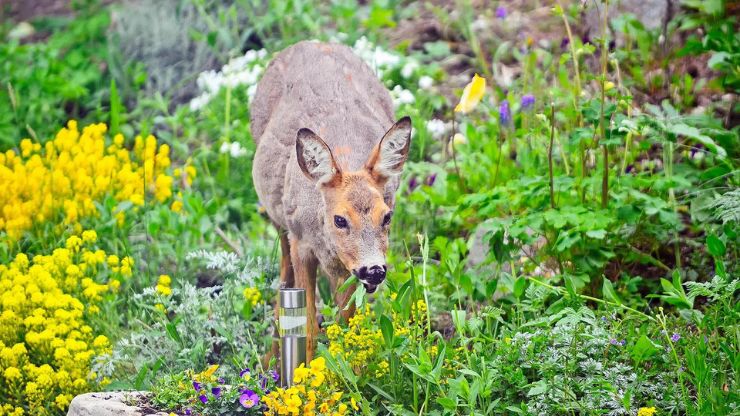Plants That Keep Deer Out of Your Yard – Deer can be enchanting creatures, but when they invade your yard, they can wreak havoc on your garden and landscape. Whether you’re a dedicated gardener or simply want to maintain a beautiful outdoor space, finding a way to keep deer out of your yard is essential. In this guide, we will explore the world of deer-resistant plants – a natural and sustainable solution to this common problem.
Deer-resistant plants are species that possess characteristics, such as strong aromas, unpalatable tastes, or tough textures, which deter these animals from browsing on them. By strategically incorporating these plants into your garden, you can create a lush and vibrant outdoor environment while minimizing deer-related damage.
This guide will help you understand the types of deer-resistant plants available, the factors that influence their resistance, and offer insights into garden design and maintenance. Additionally, we’ll discuss supplementary strategies, providing you with a comprehensive approach to keeping your yard beautiful and deer-free. Let’s embark on this journey to transform your garden into a haven that’s both inviting to you and inhospitable to deer.
Importance of finding deer-resistant plants
The importance of finding deer-resistant plants for your yard cannot be overstated, as it offers several significant advantages:
- Protection of Your Garden: Deer can be voracious herbivores, capable of decimating your garden in a short period. Finding deer-resistant plants helps protect your valuable flowers, shrubs, and trees from being consumed or damaged.
- Preservation of Aesthetics: Gardens and landscapes are often designed to create a visually pleasing outdoor environment. Deer-resistant plants allow you to maintain the beauty of your yard by preventing unsightly, half-eaten foliage and damaged blooms.
- Cost Savings: Investing in deer-resistant plants can reduce the need for costly replacements or repairs. By choosing plants that deer tend to avoid, you can save money and time in the long run.
- Sustainability: Using deer-resistant plants promotes a more sustainable approach to gardening. It reduces the reliance on chemical deer repellents and physical barriers, which can have negative environmental impacts.
- Less Stress and Frustration: Constantly battling deer damage can be frustrating for homeowners. By incorporating deer-resistant plants, you can enjoy your yard without the stress of constantly warding off these animals.
- Biodiversity: Many deer-resistant plants are native species that support local ecosystems by attracting pollinators and other wildlife. By planting these species, you contribute to biodiversity and the overall health of your local environment.
- Low Maintenance: Deer-resistant plants often require less maintenance because they are less likely to be damaged by browsing deer. This can lead to a more relaxed and enjoyable gardening experience.
Also, Read – Money-Attracting Plants for Your Home and Office
Plants That Keep Deer Out of Your Yard
Lavender
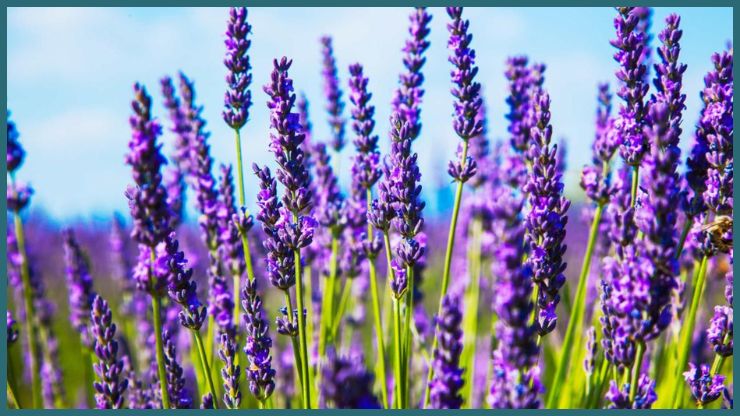
Lavender (Lavandula) is a fragrant herb known for its beautiful purple or blue spikes of flowers. Its strong and soothing aroma deters deer from your yard, making it an excellent choice for deer-resistant landscaping. The pleasant scent of lavender not only helps keep deer at bay but also adds a touch of beauty and tranquility to your outdoor space.
Rosemary
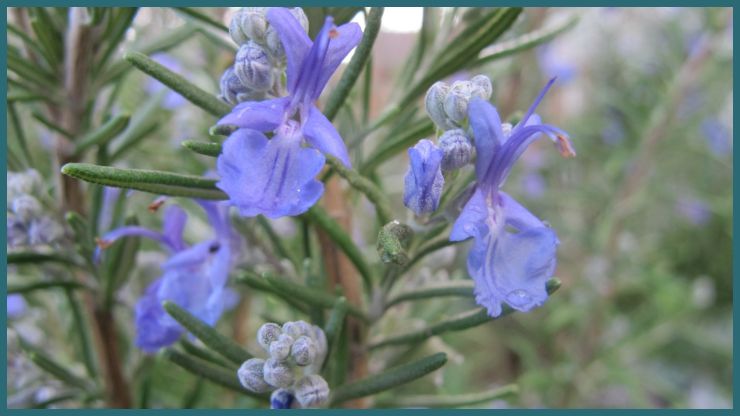
Rosemary (Rosmarinus officinalis) is an aromatic herb with needle-like leaves and a robust fragrance that discourages deer from invading your garden. This culinary and medicinal herb is not only a flavorful addition to your kitchen but also a natural deer deterrent.
Its pungent scent creates an unappealing environment for deer, helping protect your plants. Rosemary is a hardy, evergreen shrub that can thrive in a variety of conditions, making it an attractive and practical choice for deer-resistant landscaping.
Yarrow
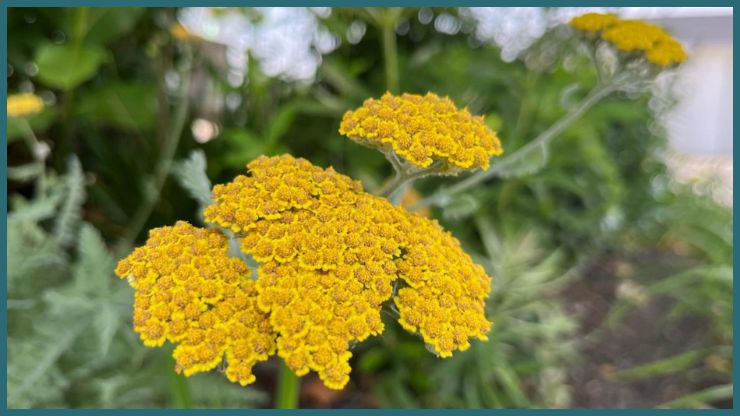
Yarrow (Achillea millefolium) is a perennial herb with finely divided, feathery leaves and flat-topped clusters of tiny flowers. Deer tend to avoid yarrow due to its strong scent and bitter taste. The aromatic foliage and its unique appearance make yarrow an excellent choice for deer-resistant gardens.
This hardy plant adds a touch of elegance while serving as a natural deterrent against deer browsing. Yarrow is known for its versatility and ability to attract pollinators, making it a valuable addition to any garden that seeks to keep deer at bay while supporting biodiversity.
Also, Read – Fly-Repellent Plants to Keep Your Home Bug-Free
Daffodils

Daffodils (Narcissus) are charming spring-blooming flowers with trumpet-shaped blooms in various shades of yellow and white. What makes daffodils particularly appealing for gardens is that they are toxic to deer, who typically avoid them. These cheerful flowers are a reliable choice for deer-resistant landscaping.
Their toxic compounds make daffodils an unpalatable option for deer, helping protect your garden from their browsing. Daffodils add vibrant color and a sense of freshness to your landscape, making them not only a beautiful choice but also a practical one for keeping deer at bay.
Lambs Ear
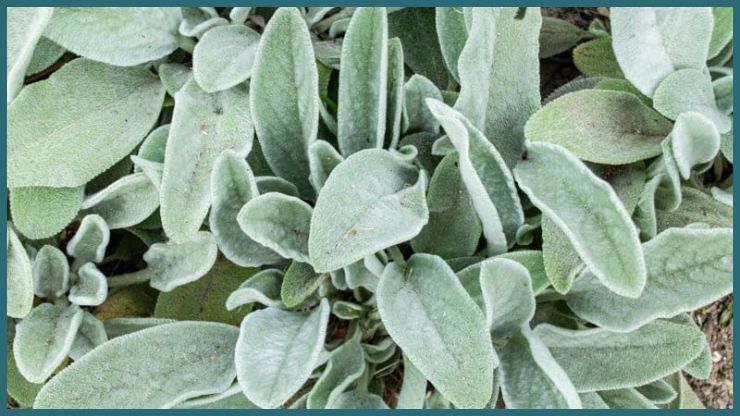
Lamb’s Ear (Stachys byzantina) is a unique and deer-resistant perennial with soft, silvery, and velvety leaves that resemble a lamb’s ear. Deer are often deterred by the unusual texture of its foliage, making it a great choice for deer-prone areas. This plant’s tactile appeal, combined with its low maintenance requirements, adds both visual interest and protection to your garden.
Lamb’s Ear also produces spikes of small, purplish-pink flowers that attract pollinators, making it a valuable addition to any landscape seeking to deter deer while promoting biodiversity. It’s a charming and functional choice that enhances your garden’s aesthetics while keeping unwanted deer at bay.
Bee Balm
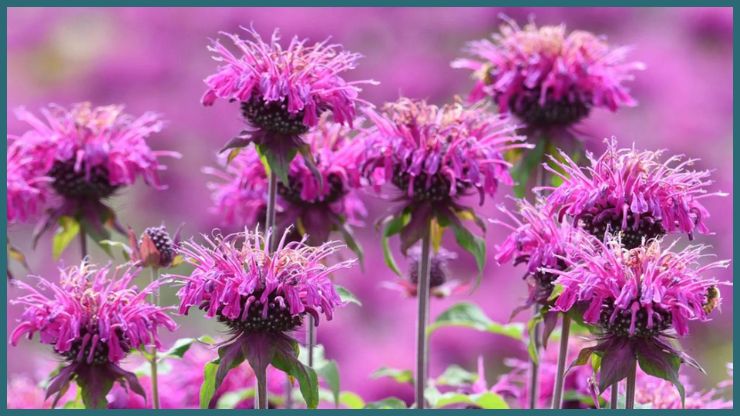
Bee Balm (Monarda) is a fragrant and attractive perennial known for its vibrant, tubular flowers and strong, aromatic scent. Its bold fragrance not only draws pollinators but also deters deer from your garden. The pungent aroma of bee balm makes it an excellent choice for deer-resistant landscaping.
This plant adds a burst of color, often in shades of red, pink, or purple, to your outdoor space while helping to keep deer away. Bee Balm is a versatile and low-maintenance option that contributes to both the beauty of your garden and the protection of your plants against deer browsing.
Russian Sage
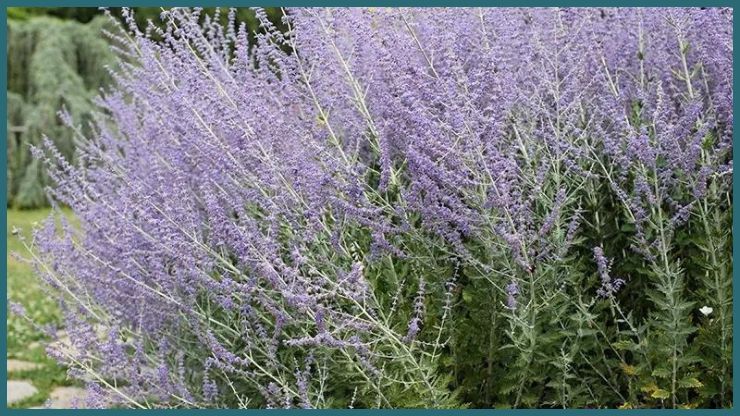
Russian Sage (Perovskia atriplicifolia) is a drought-tolerant perennial with finely textured silvery-gray foliage and tall, airy spikes of lavender-blue flowers. It has a pleasant, aromatic scent that often discourages deer from foraging in your garden. Russian Sage’s unique appearance and fragrance make it a valuable addition to deer-resistant landscaping.
This hardy and ornamental plant adds a touch of elegance while helping protect your garden from deer damage. Russian Sage is a low-maintenance and water-wise choice that thrives in sunny locations and is not only visually appealing but also practical for deterring deer.
Cleome
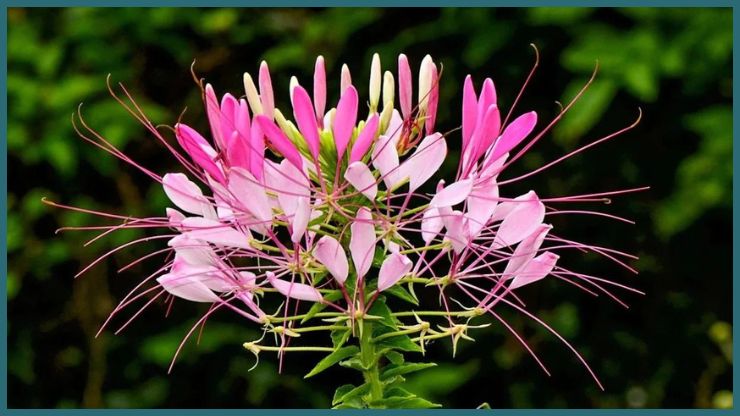
Cleome (Cleome hassleriana), also known as spider flower or spider plant, is an annual flower with striking, showy blooms. It is a useful addition to deer-resistant gardens due to its strong, sometimes pungent scent that many deer find unappealing. Cleome’s spiky flower clusters in shades of pink, purple, and white add a burst of color and a touch of whimsy to your garden while helping to deter deer.
This plant’s visual appeal and its ability to create an unfavorable environment for deer browsing make it a valuable choice for those seeking a beautiful and practical solution to protect their garden from deer damage.
Salvia
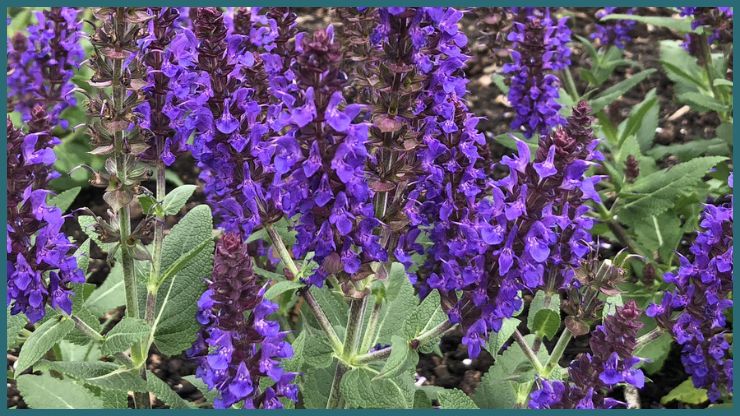
Salvia, a genus encompassing a variety of species, features aromatic, colorful, and nectar-rich flowers that attract pollinators and typically deter deer. With their strong, often pungent scent, salvias are a practical choice for deer-resistant gardens. These perennials come in numerous colors, including shades of red, purple, blue, and white, enhancing your garden’s visual appeal while serving as a natural deer deterrent.
Salvia species such as Salvia officinalis (common sage) are known for their culinary use and the ability to repel deer due to their strong fragrance. Whether you opt for ornamental or culinary varieties, salvias are a versatile and low-maintenance choice for both garden beauty and deer protection.
Barberry
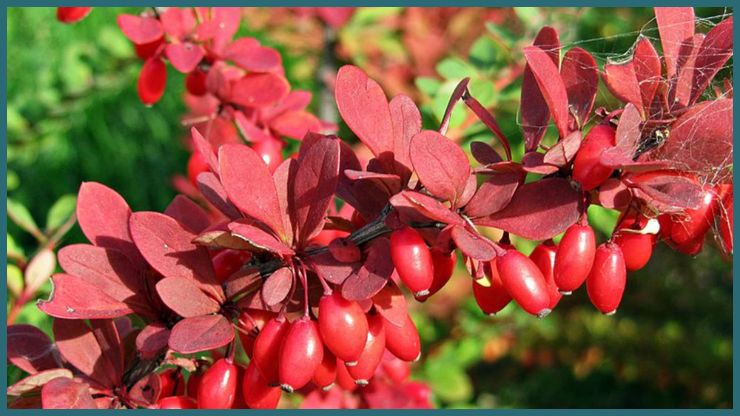
Barberry (Berberis) is a shrub with thorny branches and foliage that deer typically find unpalatable. This makes it an excellent choice for deer-resistant landscaping. The presence of thorns on barberry bushes adds an extra layer of protection against deer browsing.
With a variety of species and cultivars available, you can find barberries in different sizes and foliage colors, providing both practicality and aesthetic appeal to your garden.
From vibrant reds to deep purples, barberries can add visual interest and create an inhospitable environment for deer, helping safeguard your plants from their nibbling tendencies.
Conclusion
In conclusion, the careful selection and integration of deer-resistant plants into your landscape can be a game-changer in the battle against deer-related garden damage. By utilizing these natural deterrents, you can enjoy a beautiful, thriving garden while minimizing the impact of these graceful but voracious herbivores.
With the right choices and strategies, you can create an inviting and resilient outdoor space that harmoniously coexists with local wildlife, ensuring years of garden enjoyment and minimal maintenance.
FAQs
Deer-resistant plants are species that possess characteristics such as strong aromas, unpalatable tastes, or tough textures that deter deer from browsing on them. These plants help protect your garden from deer damage.
While deer-resistant plants are less appealing to deer, they don’t guarantee that deer won’t enter your yard. Their effectiveness can vary based on factors like local deer populations and food availability.
Examples of deer-resistant trees include Japanese maple and American holly. For shrubs, you can consider options like boxwood and barberry. Some deer-resistant flowers and perennials include daffodils, lavender, and yarrow.

